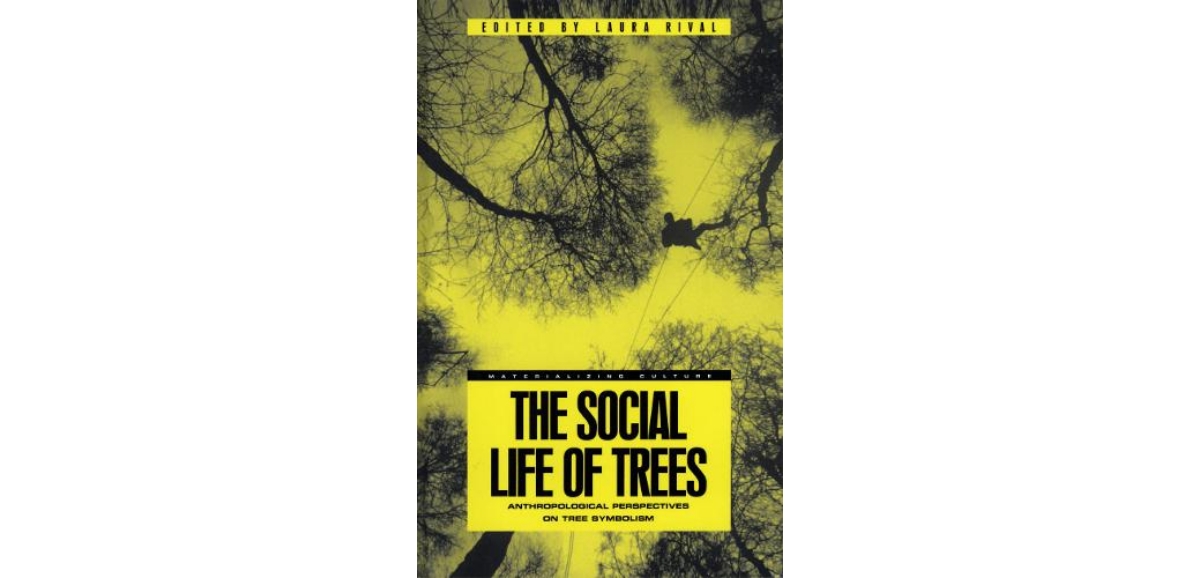
The Social Life of Trees
Written at a time when symbolic approaches to cultural anthropology were being vigorously challenged by phenomenological and cognitive approaches, the book proposes to take the biophysical reality of trees seriously. Tasked with answering a deceptively simple question, ‘To which symbolic ends have trees been used?’, each author explores the materiality of wood without ignoring the significance of biological and ecological processes. By asking what it might be about trees that makes them a potent source for symbolic imagining, authors engage from different angles theories of tropes, metaphors, and symbols prevalent at the time. In so doing they demonstrate the shortcomings of research on ‘natural symbols,’ which has tended to reduce anthropology’s analytical reach by confining discussions largely to animal classifications. I try to generalise these insights in the introduction, where I propose that trees have biological properties that make them amenable to life reaffirming and death denying cultural representations. Trees enable us to problematise the very idea of life, and this is what makes them so good to think with.